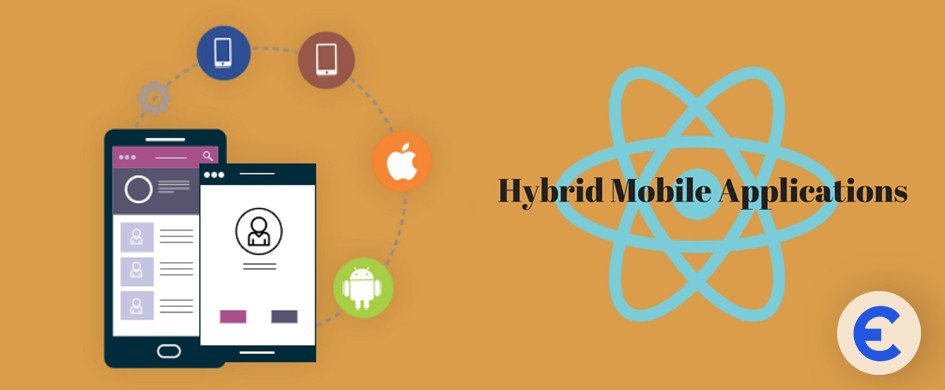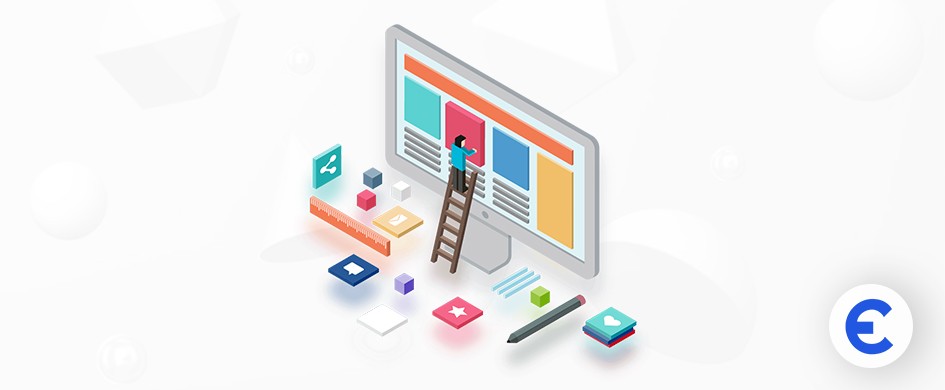What is User Experience (UX)?
User Experience, often abbreviated as UX, refers to the overall experience a person has when interacting with a product, service, or system. This could be anything from a website, mobile app, or even a physical product like a smartphone. UX design focuses on creating products that are not only functional but also easy and pleasant to use. The goal is to ensure the user’s journey is smooth, intuitive, and satisfying.
Imagine using a website that’s difficult to navigate, where you can’t find what you’re looking for, and you end up frustrated. That’s an example of poor UX. On the other hand, a website that guides you effortlessly to what you need, with clear instructions and a pleasant design, offers good UX.
The difference between UX, UI, and Graphic design
It’s easy to confuse UX with other design terms like UI (User Interface) and graphic design, but they are different.
- User Interface (UI) Design
This is about the look and feel of the product’s interface—its buttons, icons, spacing, colors, and typography. UI is what you see and interact with on the screen. While UI is a part of UX, UX goes beyond just the interface.
Graphic design focuses on visual elements like logos, images, and branding. It’s about making things look appealing and communicating the right message visually. While graphic design can be a component of both UI and UX, it doesn’t consider the overall user journey or functionality.
- User Experience (UX) Design
UX design encompasses the entire experience a user has, including how easy it is to accomplish tasks, how enjoyable the process is, and how the product meets their needs. User experience design is about solving problems, enhancing usability, and ensuring that the user’s experience aligns with their expectations and goals.
In summary, UI is about how things look, graphic design is about visual communication, and UX is about how things work together to create a seamless experience for the user.
Why is a good user experience design is Important?
Good UX design is crucial because it directly impacts how users feel about a product or service. If users have a positive experience, they are more likely to return, recommend the product to others, and develop a sense of loyalty. On the flip side, poor UX can lead to frustration, abandonment, and negative reviews.
Here are some key reasons why UX is important:
- User Satisfaction: A well-designed user experience ensures that users can easily find what they need, accomplish their tasks without frustration, and enjoy the process. Satisfied users are more likely to become repeat customers and advocates for your brand.
- Increased Conversion Rates: Good UX design can lead to higher conversion rates. For example, an e-commerce website with a simple, intuitive checkout process is more likely to convert visitors into paying customers than a site with a complicated, confusing process.
- Brand Perception: The experience users have with your product directly influences their perception of your brand. A positive experience can enhance your brand’s reputation, while a negative experience can harm it.
- Reduced Costs: Investing in UX design can save money in the long run by reducing the need for costly redesigns and minimizing customer support requests. It’s more cost-effective to address usability issues during the design phase than to fix them after launch.
- Competitive Advantage: In a crowded market, good UX can set your product apart from the competition. A product that’s easier and more enjoyable to use will naturally attract more users.
The impact of user experience on SEO
User experience plays a significant role in Search Engine Optimization (SEO). Search engines like Google consider user experience signals when ranking websites. Here’s how UX affects SEO:
A high bounce rate (when users leave your site quickly) can signal to search engines that your site isn’t providing a good user experience. This can hurt your SEO rankings. Good UX design helps keep users engaged and encourages them to explore your site further.
Slow-loading pages frustrate users and lead to higher bounce rates. UX design includes optimizing page load times, which not only improves user satisfaction but also boosts your SEO rankings.
With the majority of users accessing websites on mobile devices, a mobile-friendly design is essential. Search engines prioritize mobile-friendly sites in their rankings. UX design ensures that your site is easy to navigate on all devices, enhancing both user experience and SEO.
Search engines track how users interact with your site. If users spend more time on your site and engage with your content, it signals that your site offers value. Good UX design encourages deeper engagement by making content easy to find and interact with.
A well-structured site with clear navigation helps both users and search engines. Users can find what they’re looking for, and search engines can crawl and index your site more effectively.
Incorporating UX best practices not only enhances the user experience but also contributes to better search engine rankings, driving more organic traffic to your site.
What does a UX designer do?
A user experience designer is responsible for the entire user experience, from the initial concept to the final product. They wear many hats and collaborate with various teams, including UI designers, developers, and product managers. Here’s a closer look at what a UX designer does:
1. Research and Analysis
UX designers start by understanding the users. They conduct user research, surveys, and interviews to gather insights into user needs, behaviors, and pain points. This research informs the design process.
2. Information Architecture
They organize and structure content in a way that makes sense to users. This involves creating sitemaps, user flows, and wireframes to plan the layout and navigation of a product.
3. Prototyping
UI/UX designers create prototypes, which are preliminary versions of a product. Prototypes allow designers to test ideas and get feedback before full-scale development begins.
4. Usability Testing
Before a product is launched, UX designers conduct usability testing to identify any issues or areas for improvement. They observe how real users interact with the product and make necessary adjustments.
5. Collaboration
UX designers work closely with other teams, including UI designers, developers, and marketers, to ensure that the final product aligns with the user’s needs and the business goals.
6. Iteration
UX design is an iterative process. Based on user feedback and testing results, designers continuously refine and improve the product.
7. User Advocacy
UI/UX designers act as advocates for the user throughout the design and development process, ensuring that the user’s needs are always prioritized.
Trends and Innovations in UX in 2024
The field of UI/UX design is constantly evolving, with new trends and innovations emerging each year. Here are some of the top UX trends to watch in 2024:
1. AI-Powered Personalization
Artificial Intelligence (AI) is becoming increasingly integrated into UX design. In 2024, expect to see more personalized user experiences driven by AI. This includes customized content, recommendations, and interfaces that adapt to individual user preferences.
2. Voice and Gesture Interfaces
As voice-activated assistants and gesture-based controls become more common, UI/UX designers are focusing on creating seamless experiences for these interfaces. Designing for voice and gestures requires a different approach than traditional screens, and it’s an area that’s rapidly growing.
3. Inclusive Design
Accessibility and inclusivity are more important than ever. UI/UX designers are making sure that products are usable by people of all abilities, including those with disabilities. This trend is not just about compliance; it’s about creating products that everyone can use.
4. Sustainable UX
As environmental concerns grow, sustainable UX design is gaining traction. This involves designing digital products that consume less energy and encouraging behaviors that are environmentally friendly.
5. Immersive Experiences
With the rise of Virtual Reality (VR) and Augmented Reality (AR), UX designers are exploring new ways to create immersive experiences. These technologies are being used not just in gaming but also in education, healthcare, and e-commerce.
6. Ethical Design
There’s a growing focus on ethical UX design. This involves creating products that are not only effective but also respect users’ privacy, data, and well-being. Designers are becoming more mindful of the long-term impact of their products on society.
Conclusion
User Experience (UX) design is a critical aspect of creating products that people love to use. It’s about understanding users, solving their problems, and ensuring that every interaction with your product is positive. From enhancing user satisfaction to boosting SEO and staying ahead with the latest trends, good UX design can make a significant difference.
As technology continues to evolve, so does the field of UX design. By staying informed about the latest trends and focusing on creating user-centered designs, businesses can offer experiences that not only meet user needs but also exceed their expectations.
Investing in UX design is not just about making products look good; it’s about making them work well, feel good, and serve the users’ needs effectively. In today’s era of competitive marketing, great UX is not a luxury—it’s a necessity.



